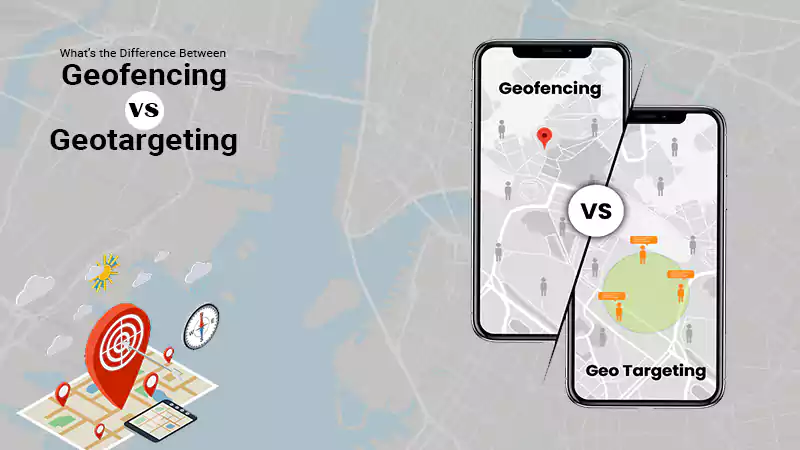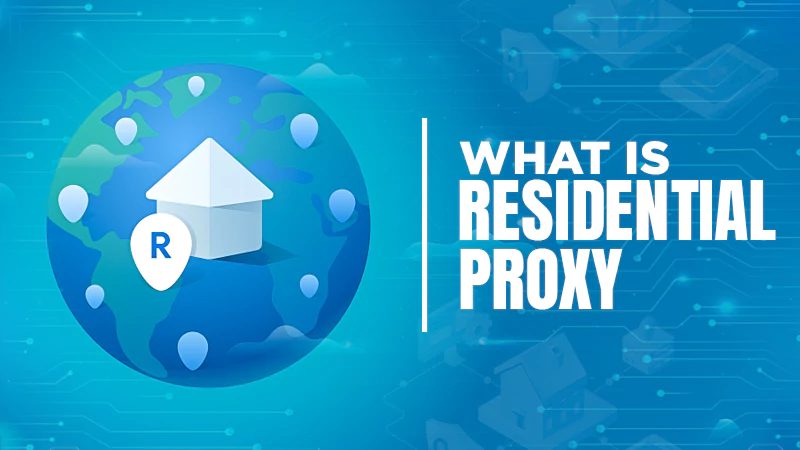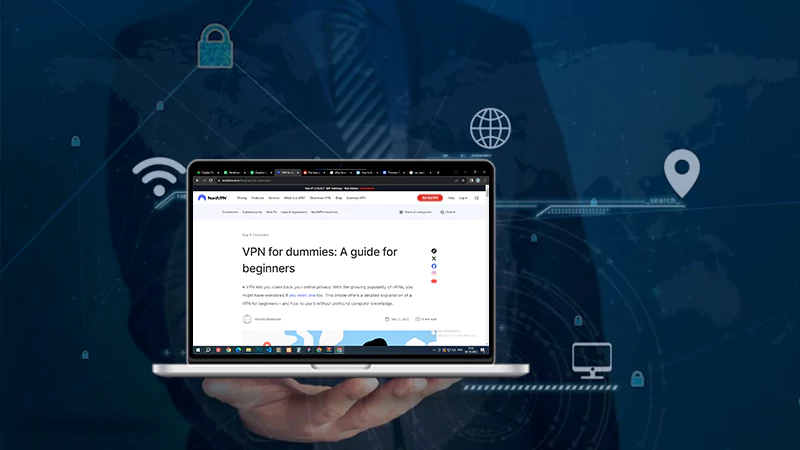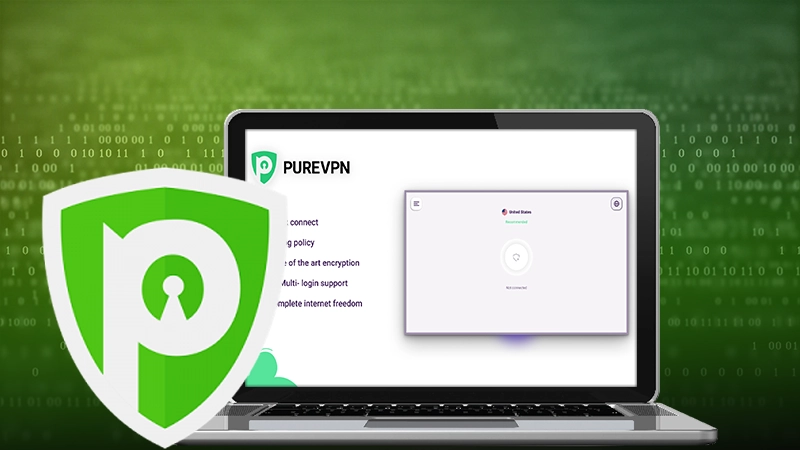What’s the Difference Between Geofencing vs. Geotargeting

While both geofencing and geotargeting are a type of location-based marketing, their objectives are distinct. While geofencing targeting is only a simple virtual fence placed around a certain region, geotargeting uses a variety of strategies (often incorporating geofencing) to target individual users.
When you need to target a certain audience in a particular location, geofencing and geotargeting go together like Hansel and Gretel. Yet they operate differently, much like siblings.
The first step in upping your marketing game is understanding the distinction between geofencing and geotargeting. You will gain a better understanding of which campaigns require each kind of targeting and why.
There are two methods of location marketing.\
Geotargeting- Identifies demographic targeting criteria and the IP address of the user’s computer to provide targeted adverts. Geo capabilities go beyond a certain nation to a street or home number. As an illustration, a coffee brand advertises to residents just a few meters from the shop.
Geofencing- It is primarily powered by GPS data and serves adverts to those moving inside predetermined geographic regions. Example: As soon as a person enters the designated “fence” region where the business is located, a coffee brand displays advertisements to them. (5 kilometers, 1 kilometre, 1 meter, or else). There is no “geo-targeting vs. geofencing,” as you can see. There is more to it than just the fact that both methods are effective in locating audiences in a specific location.
Core Differences Between the Two
Data about the preferences and interests of the user are combined with geotargeting. In this method, brands may produce highly relevant and tailored communications with a high CTR. However, the main goal of geotargeting is to choose people in the chosen area who have certain characteristics from all other users.
With “fence” as the primary keyword, understanding geofencing is made simpler. You can create a digital “fence” and deliver notifications to every client who enters or exits the chosen area using geofencing technology. Due to all of this, geo-targeting is a slightly more general concept than geofencing. Although geo-targeting and geofencing have certain similarities, they are used by marketers for various reasons.
When to Use Geofencing?
Retailers whose goods or services appeal to a wider population are advised to use geofencing (beverages, food, etc.) As we already discovered, geofencing accurately pinpoints user location, from country to street to the house, using GPS data. At this point, marketers can use geofencing-specific advertising formats, such as push ads, and adjust performance settings to draw in local clients.
If you need to separate yourself from the competition, geofencing can be very effective. The graphic illustration represents the Dunkin’ Donuts geofencing advertisement, which discouraged consumers from buying coffee in particular places and instead gave them coupons for discounts.
When to Use Geotargeting?
If retailers with goods or services that appeal to a wider range of demographics are advised to use geofencing, geotargeting can be the best option for more specialized markets. Taking the luxury jewelry merchant as an example (demographic of women, aged 25-50). Another illustration is an HVAC business that primarily targets homes. The nearly universal geotargeting feature of programmatic media buying platforms can likewise work wonders for non-specific product categories. What’s more, the platform’s many targeting capabilities will make it easier to customize messaging if a business wants to target different audience segments.
_____
What Is Mobile Proxy And How Do They…
What Is Residential Proxy? Definition And Guide 2024
Protect Yourself from Cybercrime: Top 5 Smart Strategies…
Strategies for Cyber Success: Safeguarding and Managing Your…
Cybersecurity Course Online: Navigating the Digital Threat Terrain
Are You Being Spied On? 5 Reasons Why…
Fortifying Your Online Fortress: Unveiling the Best Paid…
The Imperative of Cybersecurity Integration in Front-End Development…
10 Tricks for Staying Cyber-Secure While Binge-Watching
Securing Your System: The Importance of Anti-Malware Software
Benefits of VPN for Enterprise Networks: Enhanced Security
PureVPN – The Best Streaming VPN












